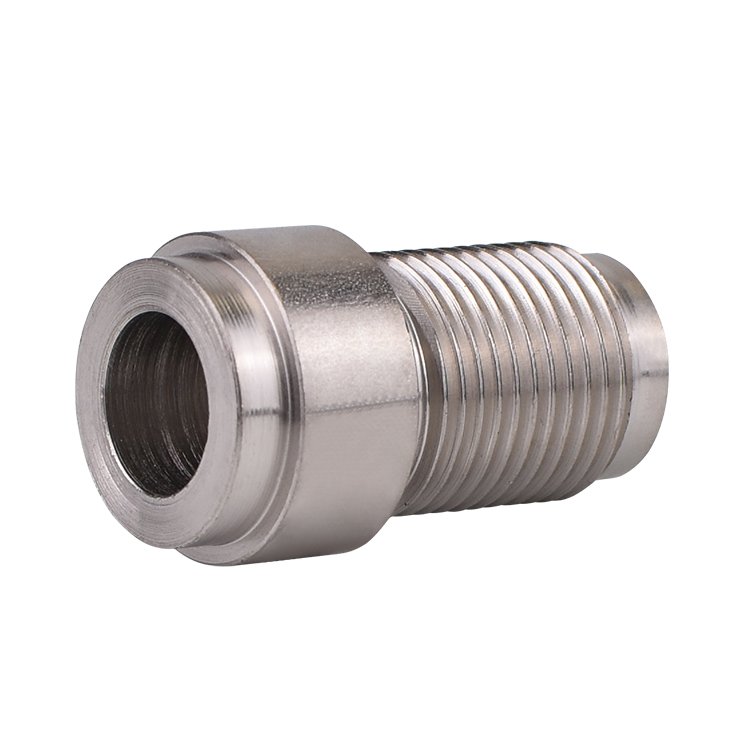Precision threads are everywhere. But how do we ensure that they always fit perfectly? ISO 965 gives us the answer by standardizing thread structure and tolerance control.
ISO 965 defines the structure, dimensions, and tolerance of precision threads by setting clear rules for the profile, pitch, and fit between mating threads, ensuring reliable and consistent performance.
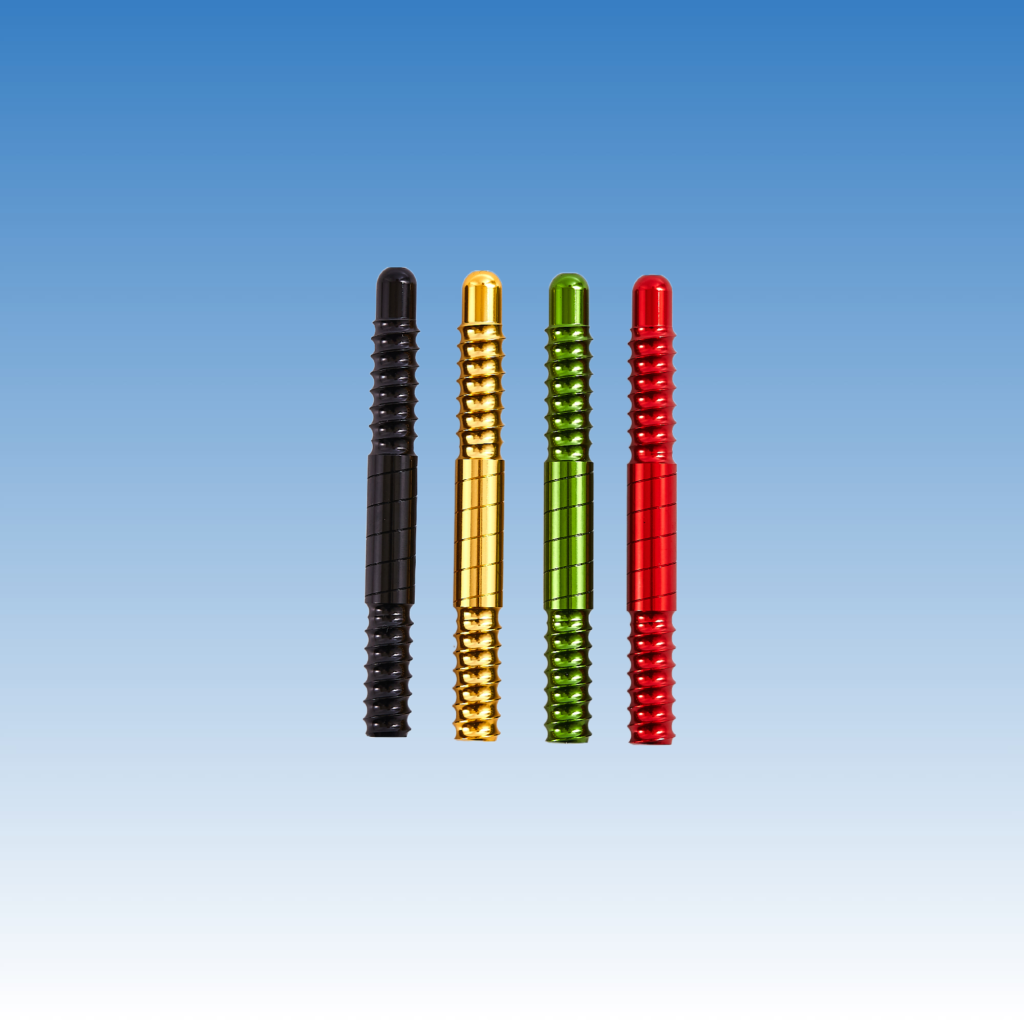
When I first started working with international buyers like Oliver Smith, understanding ISO standards quickly became essential. Without this knowledge, it was easy to waste time and make costly mistakes. If you want your threads to fit properly the first time, you must understand how ISO 965 works.
How are thread fits designated for the ISO threads?
Getting the right thread fit can make or break your project. Poorly matched threads cause mechanical failure or unnecessary wear. ISO 965 provides a simple way to define the fit you need.
In ISO threads, fits are designated by a combination of tolerance classes for internal and external threads, like "6H" for internal and "6g" for external, ensuring controlled clearances and interference.
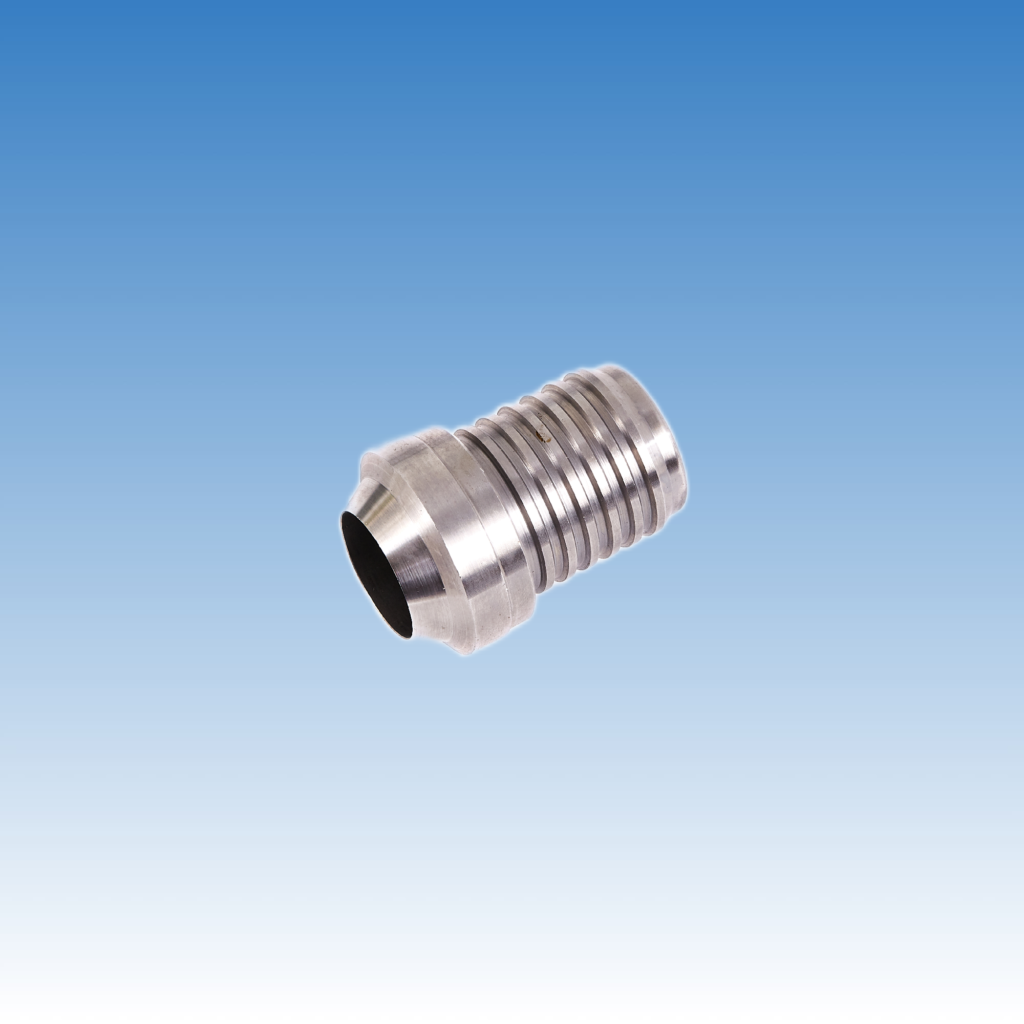
When we source turned parts for European clients, the fit tolerance often becomes a top concern. The thread fit designation is made of two parts: the tolerance grade (number) and the tolerance position (letter). The number describes the amount of tolerance. A smaller number means tighter tolerance. The letter shows whether the tolerance is above or below the basic size. Capital letters are for internal threads. Lowercase letters are for external threads.
Here is a simple breakdown:
| Component | Symbol Example | Meaning |
|---|---|---|
| Tolerance Grade | 6 | Medium precision |
| Tolerance Position | H (internal) / g (external) | Position of tolerance zone |
In practice, we often work with "6H/6g" fit for general-purpose parts. For parts needing higher precision, we sometimes use "4H/4g6g". Understanding this designation helps prevent assembly issues and ensures smooth installation.
How is thread pitch defined in ISO threads?
Thread pitch affects how two threaded parts move against each other. A mistake here can ruin even a well-machined thread. ISO 965 clearly defines how pitch is measured and applied.
In ISO threads, pitch is the distance between two adjacent thread crests, measured parallel to the thread axis, and can be coarse or fine depending on the application.
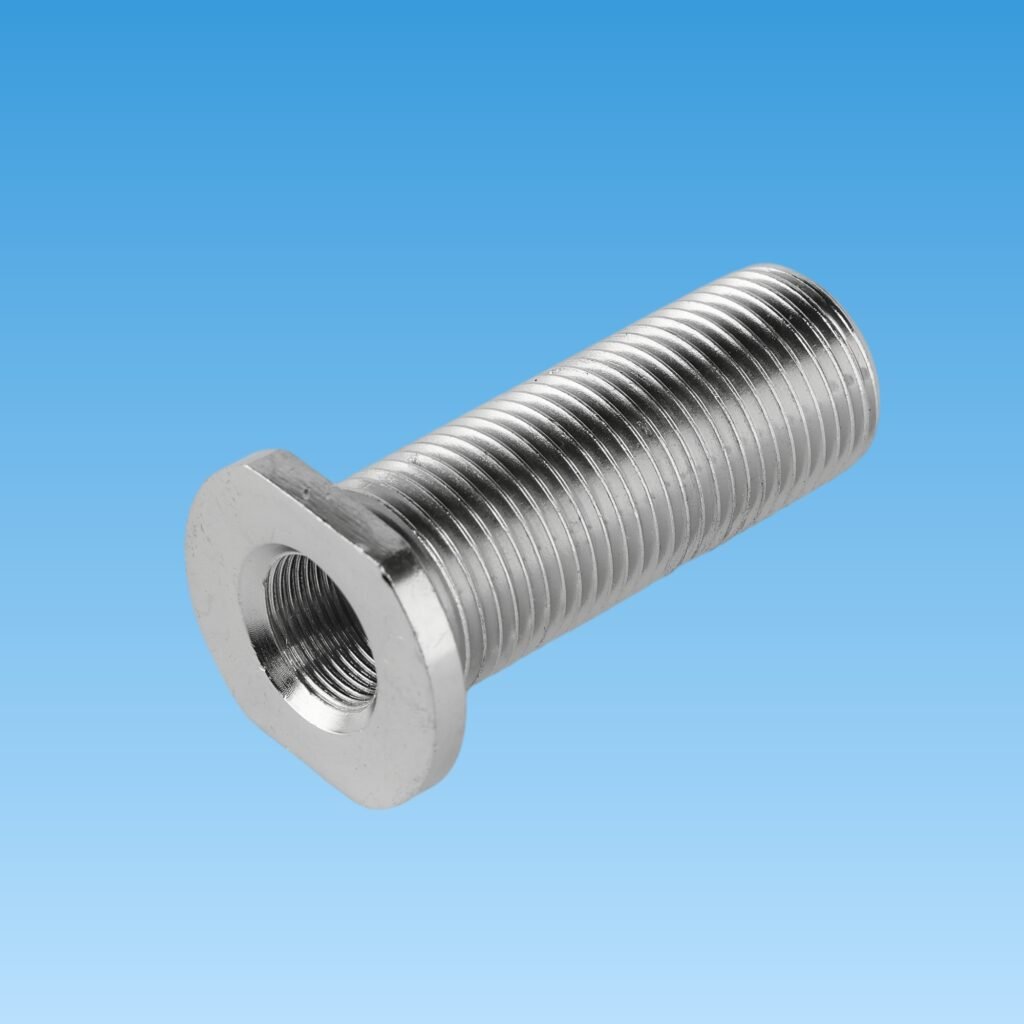
I remember once when a German client ordered a batch of bolts and nuts with "fine pitch" but we mistakenly assumed "coarse pitch" standards. It caused a major delay and rework. Since then, I always double-check pitch definitions.
In ISO metric threads, pitch is measured in millimeters (mm). For example, an M10 coarse thread has a pitch of 1.5mm, while an M10 fine thread may have a pitch of 1.25mm or 1.0mm.
Here’s a quick table:
| Thread Size | Coarse Pitch | Fine Pitch |
|---|---|---|
| M6 | 1.0mm | 0.75mm |
| M10 | 1.5mm | 1.25mm / 1.0mm |
| M12 | 1.75mm | 1.5mm / 1.25mm |
Knowing the right pitch ensures that mating parts operate correctly under load, vibration, and temperature changes.
What is the difference between ISO metric thread and NPT thread?
Not all threads are created equal. If you confuse ISO metric and NPT threads, you can cause leaks or mechanical failure. Understanding their differences is critical.
ISO metric threads are straight (parallel) threads measured in millimeters, while NPT threads are tapered and measured in inches, mainly used for creating pressure-tight joints.
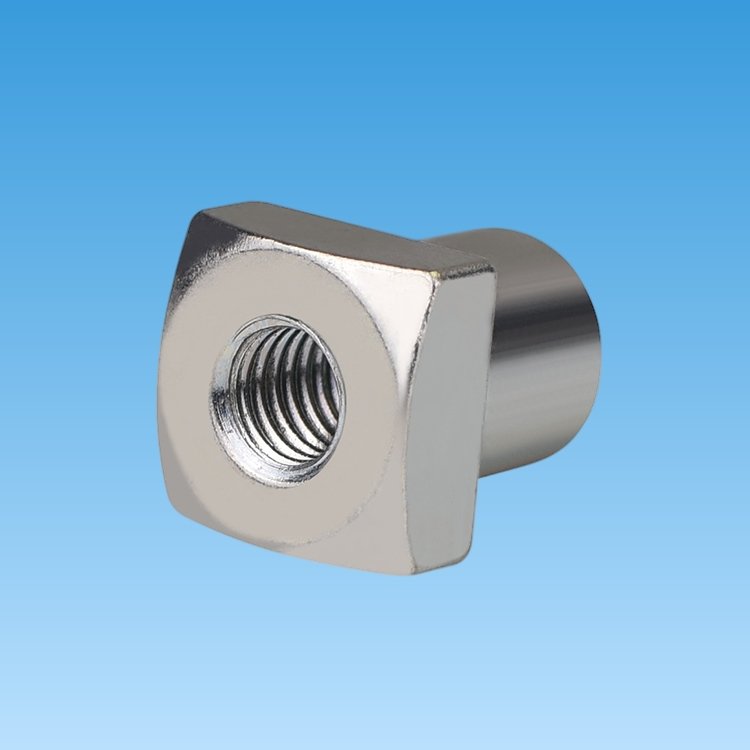
When we started exporting to the US, one of the first lessons I learned was about NPT threads. American buyers often specify NPT for piping, not ISO. Mixing them up causes big trouble.
Here’s a breakdown:
| Feature | ISO Metric Thread | NPT Thread |
|---|---|---|
| Measurement | Metric (mm) | Imperial (inch) |
| Profile Angle | 60° | 60° |
| Shape | Parallel | Tapered |
| Application | General mechanical fastening | Pressure-tight sealing in pipes |
ISO threads rely on gaskets or O-rings for sealing. NPT threads seal by thread interference due to tapering. Knowing this difference helps us avoid mix-ups in production and shipping.
What is the difference between fine thread and standard thread?
Choosing between fine and standard thread affects strength, resistance, and assembly speed. Picking the wrong type can lead to failures in critical applications.
Fine threads have smaller pitches and more threads per unit length, offering better tensile strength and adjustment precision, while standard threads have larger pitches for faster assembly and better resistance to damage.
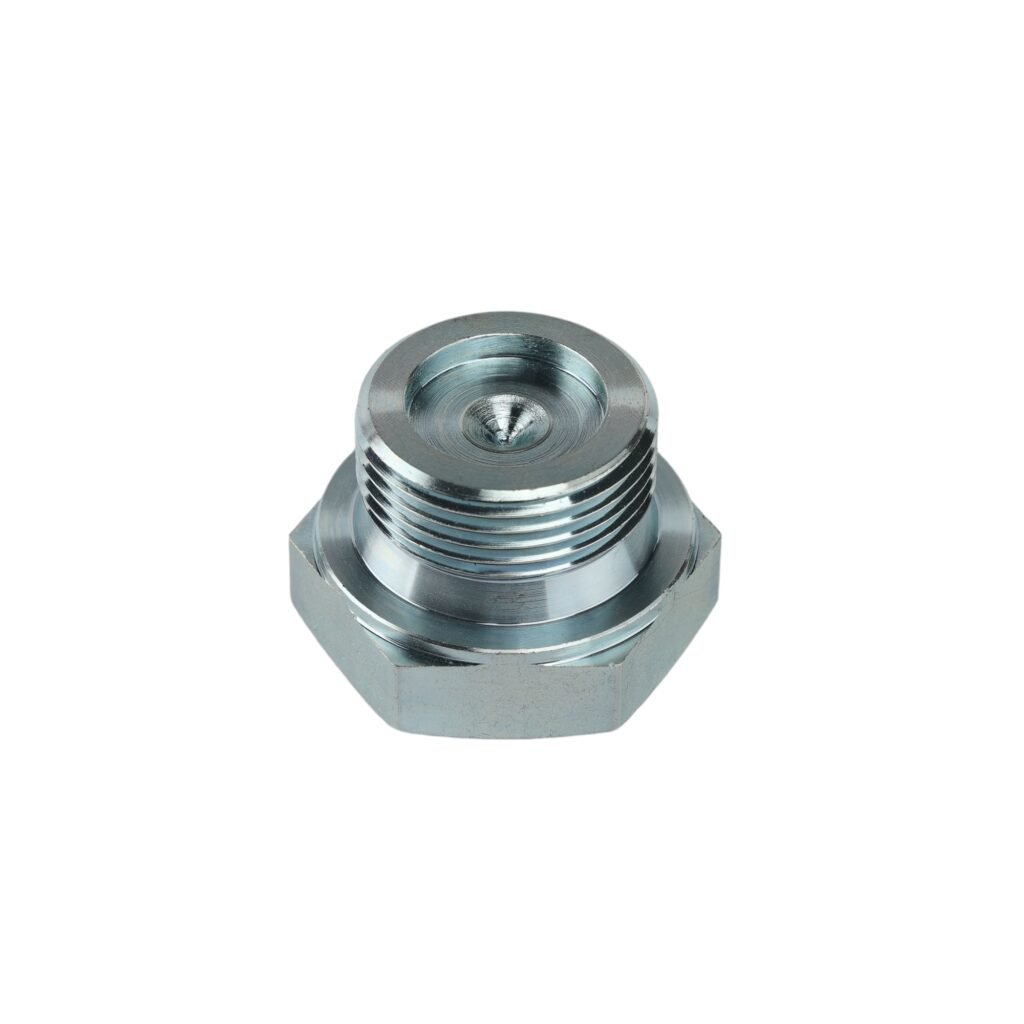
When working with precision parts for medical or aerospace clients, they often require fine threads. Fine threads provide greater strength because the stress is distributed over more thread engagement.
Here’s a comparison:
| Feature | Fine Thread | Standard Thread |
|---|---|---|
| Pitch | Smaller | Larger |
| Strength | Higher tensile strength | Lower |
| Assembly | Slower | Faster |
| Resistance to Loosening | Better | Less effective |
However, fine threads can be more sensitive to damage during assembly. Standard threads are easier and faster to work with when speed is important, like in automotive repairs or heavy machinery.
Understanding the real-world use cases of both thread types helps me make better sourcing recommendations and avoid customer complaints.
Conclusion
Understanding ISO 965 thread standards helps me ensure our parts always meet client requirements and avoid costly mistakes in manufacturing and assembly.

